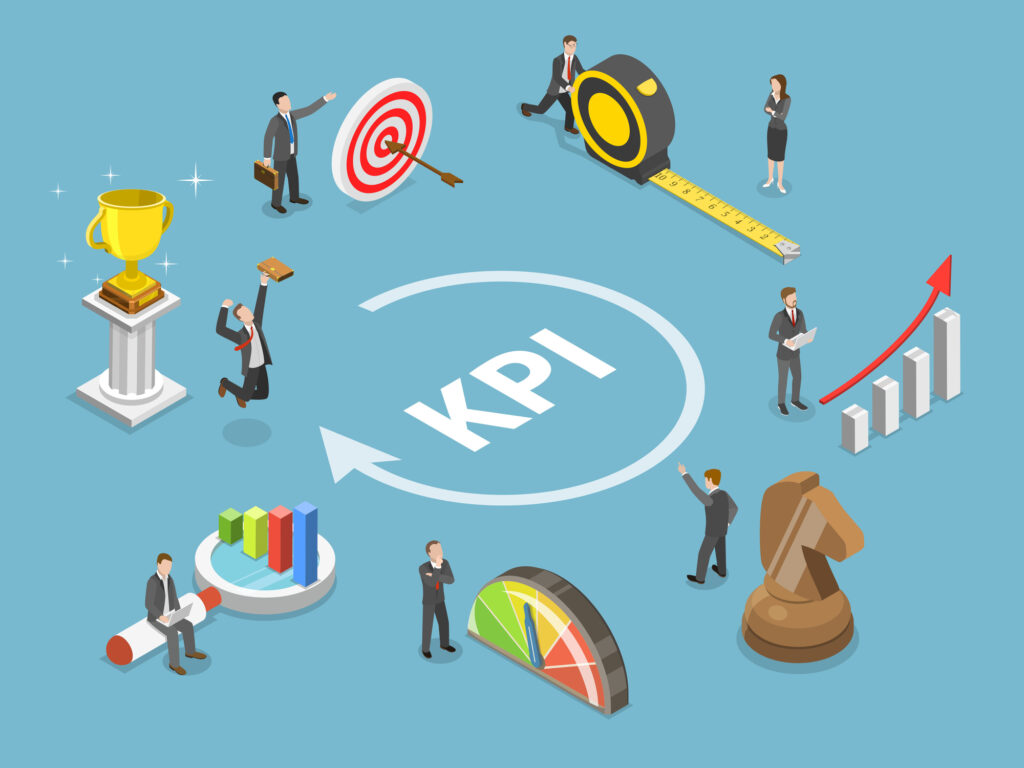Winning Strategies to Sell Senior Living When Rates Increase

Sooner or later, every senior living community is going to have a rate increase. While a rate increase may fill senior living salespeople with dread, there’s no reason to let it deter you from achieving your sales goals. Here are our winning strategies to sustain your sales levels in the face of higher prices: Promote […]
Don’t Let Your Leads Get Snowed In! 4 Ways to Increase Occupancy This Winter

Winter is here, and as the snowflakes start to fall, you want your senior living community’s occupancy rates to continue to rise! This is a time that many “relax” and wait until after the holidays, after the winter. In our effort not to bother people, we fail to stay connected and prospects go “cold” (literally […]
7 Ways to Keep Senior Living Sales and Marketing Outreach Warm During the Holiday Season

As the holiday season twinkles on the horizon, it’s the perfect time to add some extra sparkle to your senior living community’s sales and marketing outreach efforts. Here are seven of our favorite ways to help you not only light up your occupancy rates but also bring joy and warmth to your community. Let’s unwrap […]
The 3 Most Common Pitfalls in Senior Living Sales: Sales Specialists Speak

The Grow Your Occupancy Sales Specialists are a team of experienced and highly motivated senior living sales professionals who support our clients’ community sales teams, fill in when sales positions are open, when the sales team needs a boost and when cold databases need a “deep clean.” They’ve worked in hundreds of our clients’ prospect databases. They […]
Focus on These 3 KPIs to Move the Senior Living Sales Needle

Key Performance Indicators – KPIs. This practice of measuring performance in business has been around in one form or another for a long time. Depending on who you ask, KPIs have been around possibly as far back as the third century A.D. in China! They’ve only become mainstream for most of us in sales in […]
The Sales Lessons We Can Learn from the Hemline Index

By Melinda Haney As we head out of the pandemic, we head into 2023 nervous about the economy. Cost of doing business is higher than ever, therefore budgets are squeezed. As difficult as it is, now is the time to invest in your sales teams. With the economy weighing heavily on our minds, history can […]
6 Ways to Improve Collaboration Efforts in Your Company

By guest contributor Emma Grace Brown Senior living owners and operators today should be well-versed in the concept of collaboration. Some researchers say that working with people of varying backgrounds and different areas of expertise will generate stronger ideas. When put into action, your employees should feel the effects of collaboration and be comfortable with […]
The 5 “P”s of Networking and Prospect Events

As COVID-19 restrictions have eased, in-person networking and prospect events have been added back onto the schedule at senior living communities. And for good reason: well-planned events attract new customers to your community. (If you haven’t added them back to your schedule, now is the time to start.) While virtual events have produced mixed to […]
6 Steps for Successful Marketing Event Planning

Marketing events are a goldmine for attracting both highly motivated prospects and referral sources to your senior living community. If you don’t have an active calendar of marketing events in your sales toolkit, you’re missing out! Planning and executing effective marketing events doesn’t require a small army of event planners and staff. These 6 steps […]
The Handwritten Note – And 6 Reasons Why You Should Make Them a Sales Habit

Senior living is a high-touch, emotional business. In our ever-growing digital world, technology is taking on a greater role in sales almost before our eyes, but there is still tremendous value in a truly personal touch. During a recent sales workshop a top sales director was asked to share her tips and tricks. Her response, […]
The Sales and Marketing Tool Every Senior Living Operator Must Have

Wouldn’t it be great if your senior living company had a reference source for all things sales and marketing? A single point of truth that everyone in your organization can refer to for guidance on sales and marketing processes, procedures, best practices, expectations, and benchmarks? Do your company – and yourself – the biggest favor […]
